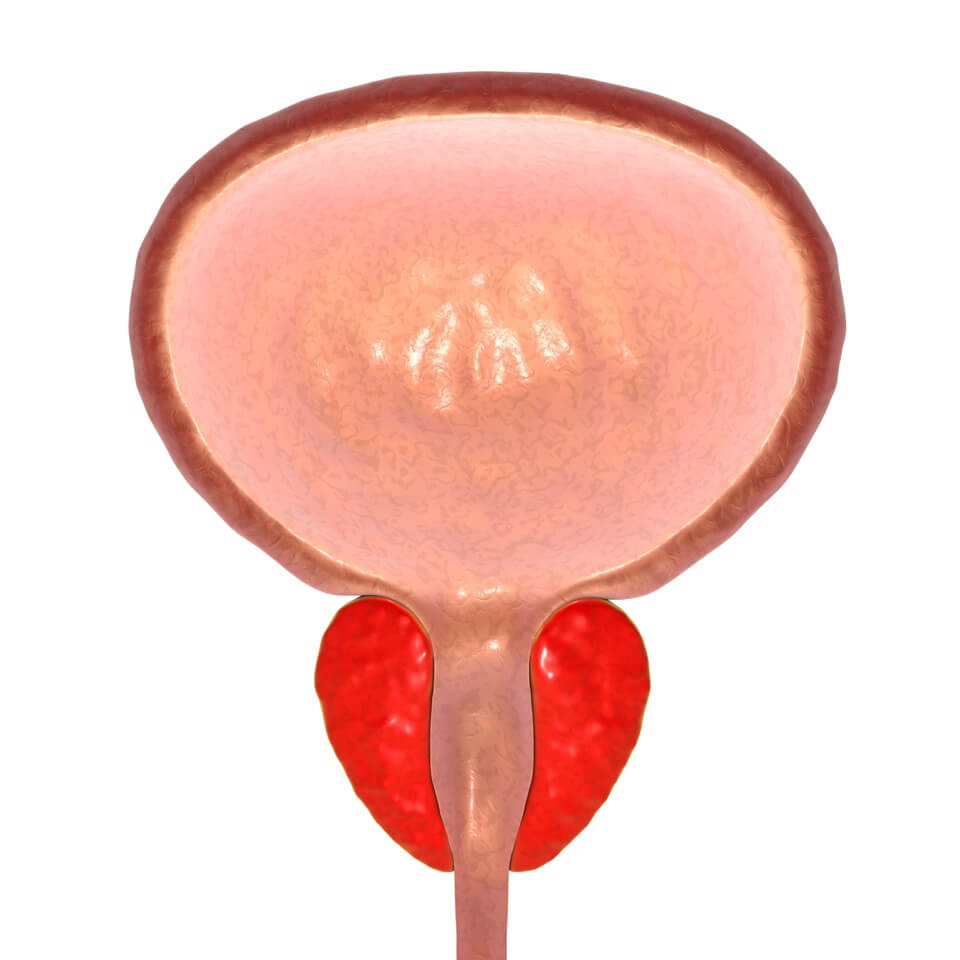New Treatment for Enlarged Prostates
Local Doctor Offers Breakthrough Procedure
One of the newest, most exciting breakthroughs for treating benign prostatic hyperplasia (BPH) is Prostate Artery Embolism (PAE). While this is a new procedure, embolization is not a new technique. “This is a well-established therapy with an excellent track record,” explains Evans. The FDA approved its use for BPH in 2017. “We now have 5-year data demonstrating equivalent long-term outcomes to the gold-standard therapy, transurethral resection of the prostate (TURP),” says Evans. “One of the big benefits of PAE is that it is not known to create complications like impotence or incontinence comparable to traditional surgery.”
Fifty percent of all men over the age of 60 and as many as 90% in their 70s have some symptoms of BPH commonly referred to as an enlarged prostate. BPH occurs when the prostate gland increases in size. As it gets larger, it presses against the urethra making it difficult for men to empty their bladder completely. Symptoms include difficulty urinating, a feeling of urgency, and getting up frequently at night to go to the bathroom. These symptoms tend to progress, leading to fatigue and frustration.
“In addition to eroding sleep and quality of life, left untreated BPH can progress to recurrent urinary tract infections, bladder dysfunction, and eventual kidney dysfunction,” says Dr. Brian Evans, medical director of Comprehensive Integrated Care Nevada. “It’s not just a nuisance, it’s a serious medical issue.”
First line therapy starts with medication which can be very effective in reducing the symptoms but there are potential side effects like sexual dysfunction, fatigue and male breasts. And not all men find relief from this alone. At that point, surgery may be recommended. “I know men are not excited about surgery and its inherent side effects and complications,” says Evans. “But the good news is, there is another option.”
PAE is a minimally invasive procedure. Through a small nick in the skin, an endovascular specialist locates the artery supplying blood to the gland. Micro-beads are injected to slow the blood flow to the prostate. This causes it to shrink. It’s done in the office, and patients go home the same day. “PAE is very appealing to those who don’t want surgery,” says Evans.
Dr. Evans encourages men living with this condition to reach out and asks questions about all treatment options available to them.

